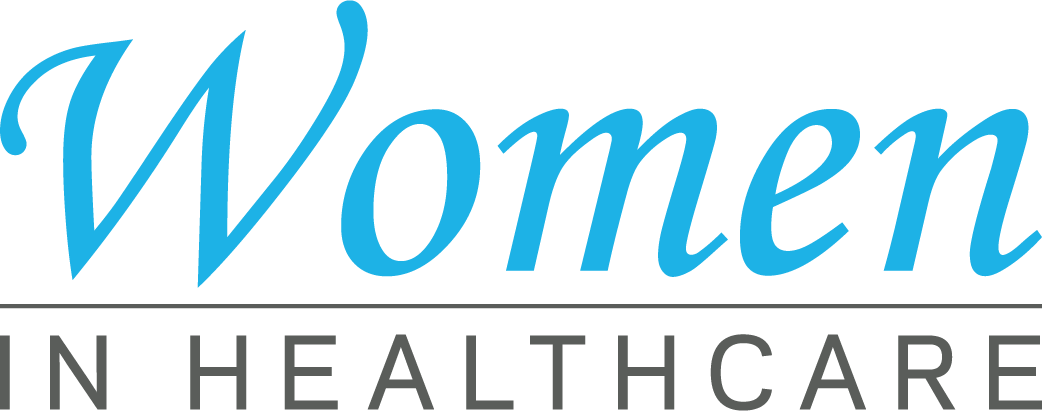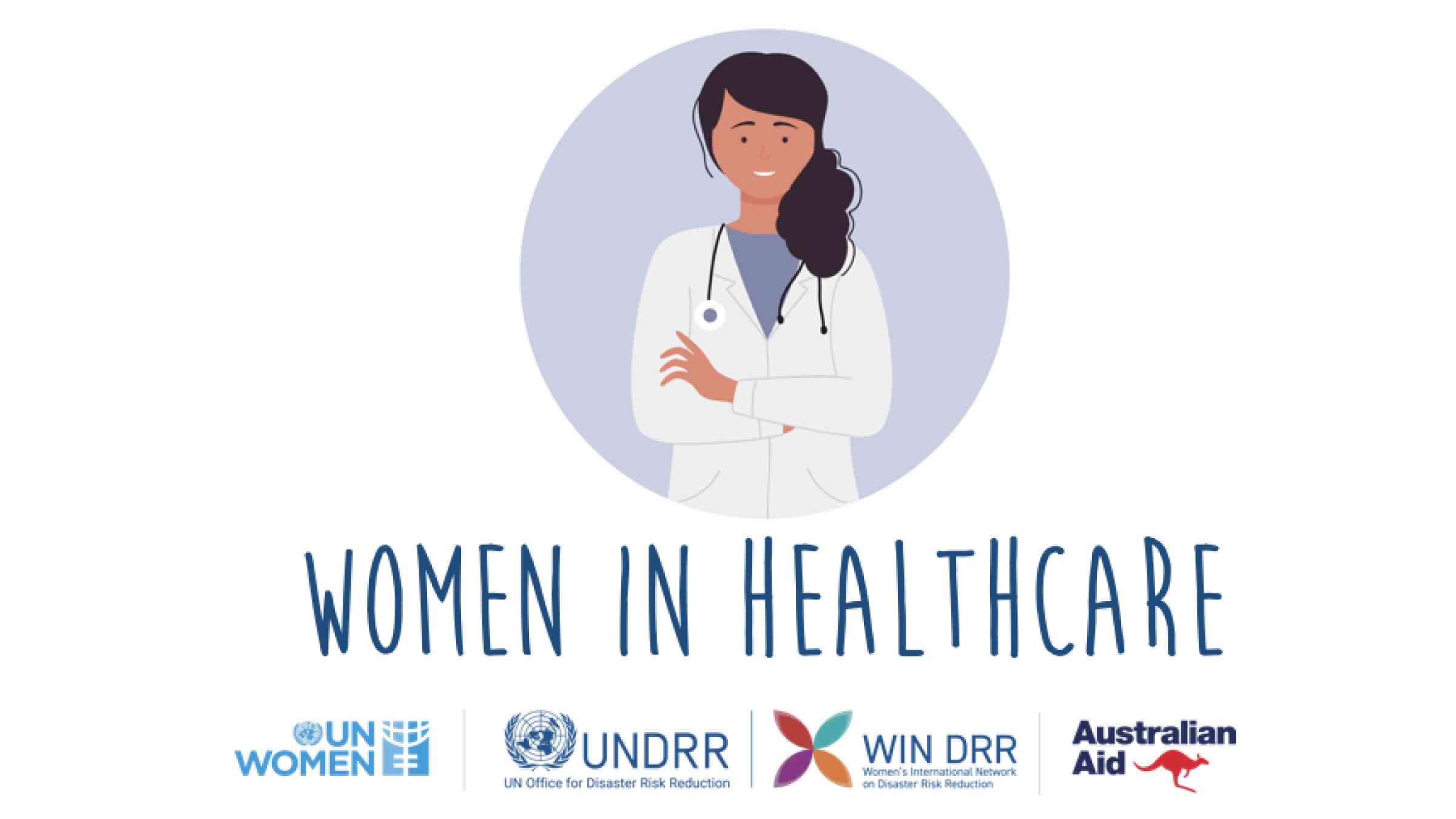Healthcare RCM Equipments to Maximize Revenue and Minimize Denials
A Comprehensive Guide on How Healthcare RCM Functions to Streamline Billing and Collections
Browsing the intricacies of healthcare earnings cycle administration (RCM) is important for providers aiming to improve their invoicing and collections processes. The overview unpacks the details of RCM, from individual registration to accounts receivable management, providing understandings into enhancing each step. Integrating innovative modern technology and standardized treatments can substantially decrease case rejections and speed up payment cycles. Yet, real obstacle lies in flawlessly merging these components to increase cash money flow. As we discover the core elements and techniques that drive performance, one concern continues to be: just how can health care entities best position themselves to grow financially in an ever-evolving sector?
Understanding Profits Cycle Monitoring
RCM is an important management feature that incorporates the whole monetary process of person treatment, from the preliminary appointment establishing to the final settlement of the balance. It is an intricate procedure created to determine, gather, and handle the revenue from the services offered to clients.
The RCM procedure begins when a client schedules a visit and extends with the individual's treatment journey, consisting of invoicing and collections. A crucial objective is to lower the time between supplying a solution and receiving settlement, thus enhancing the organization's economic wellness. RCM entails various functions such as patient enrollment, insurance confirmation, fee capture, coding, asserts submission, payment posting, and dealing with rejections and charms.
Trick Parts of RCM
In the world of Revenue Cycle Monitoring (RCM), comprehending its crucial components is essential to achieving financial effectiveness within health care organizations. RCM is a comprehensive process that includes different phases, each vital to ensuring effective invoicing and collections. The primary components consist of person registration, insurance policy verification, charge capture, coding, insurance claim submission, repayment posting, and receivable administration.


When coded, cases are sent to payers, where accuracy is critical to avoid hold-ups or denials - Healthcare RCM. Settlement posting involves tape-recording the received repayments, which permits the settlement of accounts. Last but not least, accounts receivable administration concentrates on monitoring and attending to overdue cases, ensuring timely follow-up and resolution
Each part of RCM is interconnected, and ineffectiveness in any type of part can interrupt the whole cycle. As a result, understanding these components is important for health care carriers to maximize revenue and enhance their financial wellness.
Approaches for Efficient Invoicing

Systematizing billing procedures across the organization is one more essential strategy. Establishing clear standards for documents, coding, and entry assists maintain uniformity and conformity with websites regulatory needs. Educating personnel on a regular basis on these procedures guarantees everybody is up-to-date with the current adjustments in billing codes and payer policies.
Exact fee capture is important in stopping profits leakage. Applying routine audits and tracking systems allows for the recognition and adjustment of inconsistencies before they affect earnings. Furthermore, maintaining open lines of interaction with payers assists to quickly settle any kind of disagreements or misunderstandings that might occur.

Last but not least, engaging patients early in the billing process by giving clear price quotes and educational materials about their financial responsibilities can dramatically reduce confusion and boost repayment timeliness. These methods jointly contribute to a more economically healthy and balanced and efficient payment system.
Enhancing Collections Processes
Given the complexities of clinical payment and the variety of payer needs, enhancing the collections process includes executing calculated actions that make sure prompt and accurate repayment of services provided. Automation devices can aid in tracking claim statuses, sending prompt suggestions to individuals, and taking care of rejections more successfully.
Clear and transparent person interactions are important. Offering detailed descriptions of costs and offering flexible repayment plans can raise individual satisfaction and punctual repayments.
Regular audits of the collections procedure should be performed to identify locations for improvement and make sure compliance with regulations. By assessing data, health care companies can identify fads, anticipate potential concerns, and adapt strategies appropriately (Healthcare RCM). Ultimately, a well-enhanced collections process not just sustains monetary wellness however also adds to an extra seamless experience for clients and team alike
Optimizing Profits Streams
Structure upon the foundation of a strong collections procedure, healthcare organizations can further strengthen their monetary security by tactically maximizing income streams. This entails a multi-faceted approach, beginning with an extensive analysis of existing income resources to recognize inefficiencies and locations for growth. Utilizing sophisticated data analytics devices makes it possible for organizations to get understandings into payer mix, individual demographics, and solution utilization patterns, enabling data-driven choices that enhance profits capture.
Applying automated payment systems can considerably decrease errors and accelerate cases processing, guaranteeing that profits is collected more effectively. Furthermore, optimizing payer contracts through routine negotiations can improve compensation prices and terms, straight impacting the bottom line. Branching out solution offerings, such as integrating telehealth or health care, can likewise draw in a more comprehensive client base, hence boosting profits a knockout post capacity.
One more important component is enhancing client interaction and complete satisfaction, as pleased clients are a lot more likely to stick to therapy plans and make prompt repayments. Offering versatile payment alternatives and clear payment methods can boost collections and foster patient loyalty. Healthcare RCM. By taking on these methods, medical care organizations can develop a much more resilient economic framework, ensuring continual development and stability in an ever-changing sector landscape
Final Thought
Finally, health care Earnings Cycle Monitoring (RCM) plays a vital function in enhancing payment and collections processes by incorporating vital components such as individual enrollment, insurance verification, charge capture, coding, asserts submission, and receivable management. By using sophisticated modern technology, systematizing procedures, and cultivating individual engagement, healthcare providers can significantly decrease insurance claim denials, accelerate great site payment cycles, and enhance money flow. This thorough approach to RCM eventually results in boosted monetary performance and sustainability for healthcare companies.
The RCM procedure begins when an individual timetables an appointment and prolongs with the individual's treatment trip, including invoicing and collections.One more important component is improving person engagement and satisfaction, as completely satisfied patients are a lot more most likely to stick to treatment strategies and make timely repayments. Offering versatile repayment options and transparent payment techniques can enhance collections and foster individual commitment.In verdict, medical care Revenue Cycle Management (RCM) plays a critical duty in optimizing invoicing and collections procedures by incorporating vital elements such as patient registration, insurance policy verification, charge capture, coding, asserts entry, and accounts receivable administration. By using innovative modern technology, standardizing treatments, and promoting client involvement, health care carriers can significantly lower insurance claim denials, increase settlement cycles, and improve cash money circulation.